Anti-anxiety Treatment for Cats: How to Find the Right Option
Anxiety can disrupt your cat’s daily life. Unable to regulate feelings of anxiety, many cats will...
Turns out, animals can’t really verbalize what’s going on all the time. In the Wild is a collection of pieces to help close that communication gap while growing the love and understanding between animals and those who care for them.
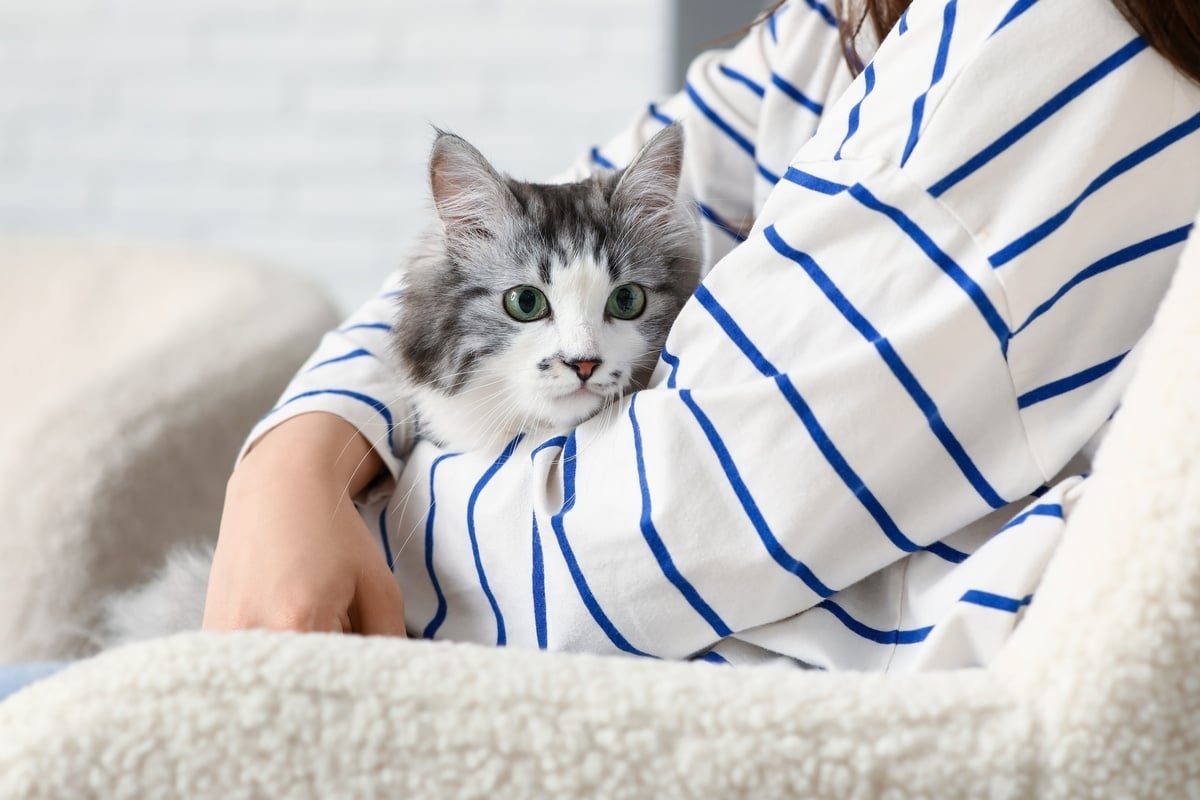
Anxiety can disrupt your cat’s daily life. Unable to regulate feelings of anxiety, many cats will...
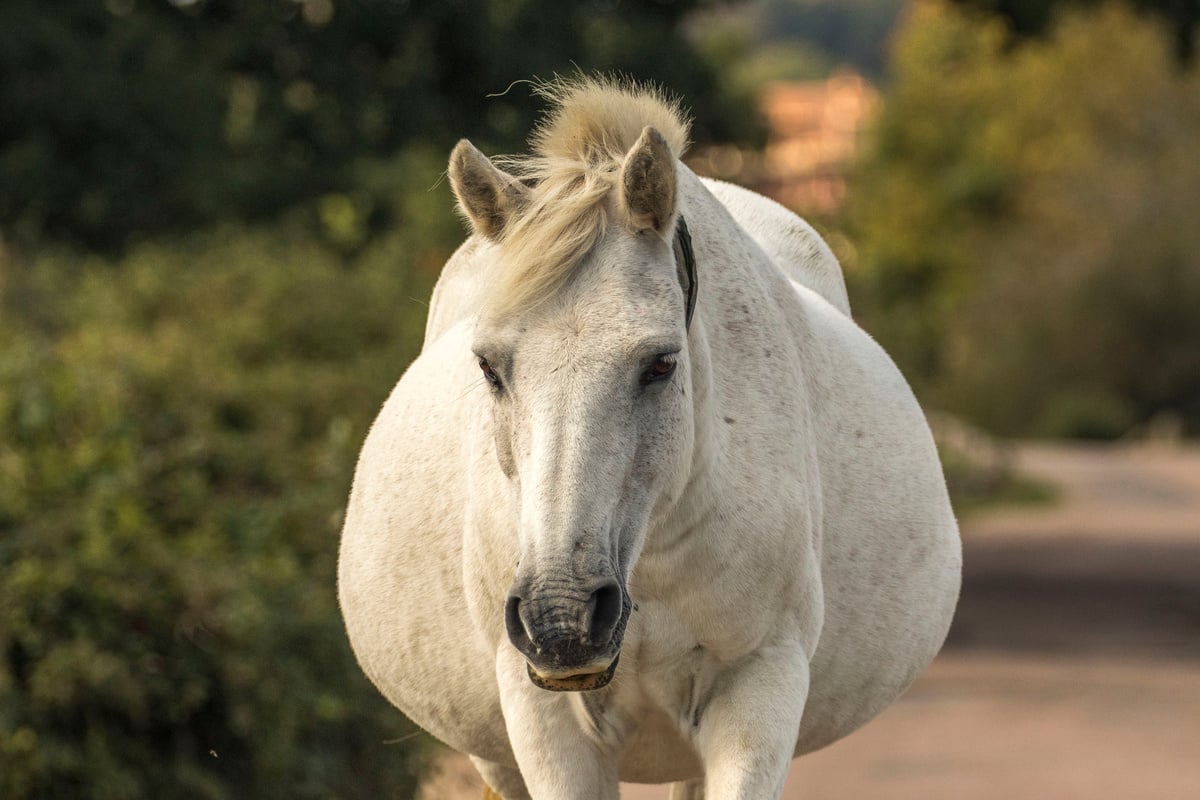
Horse pregnancies require careful management and attention. That includes looking for traditional...
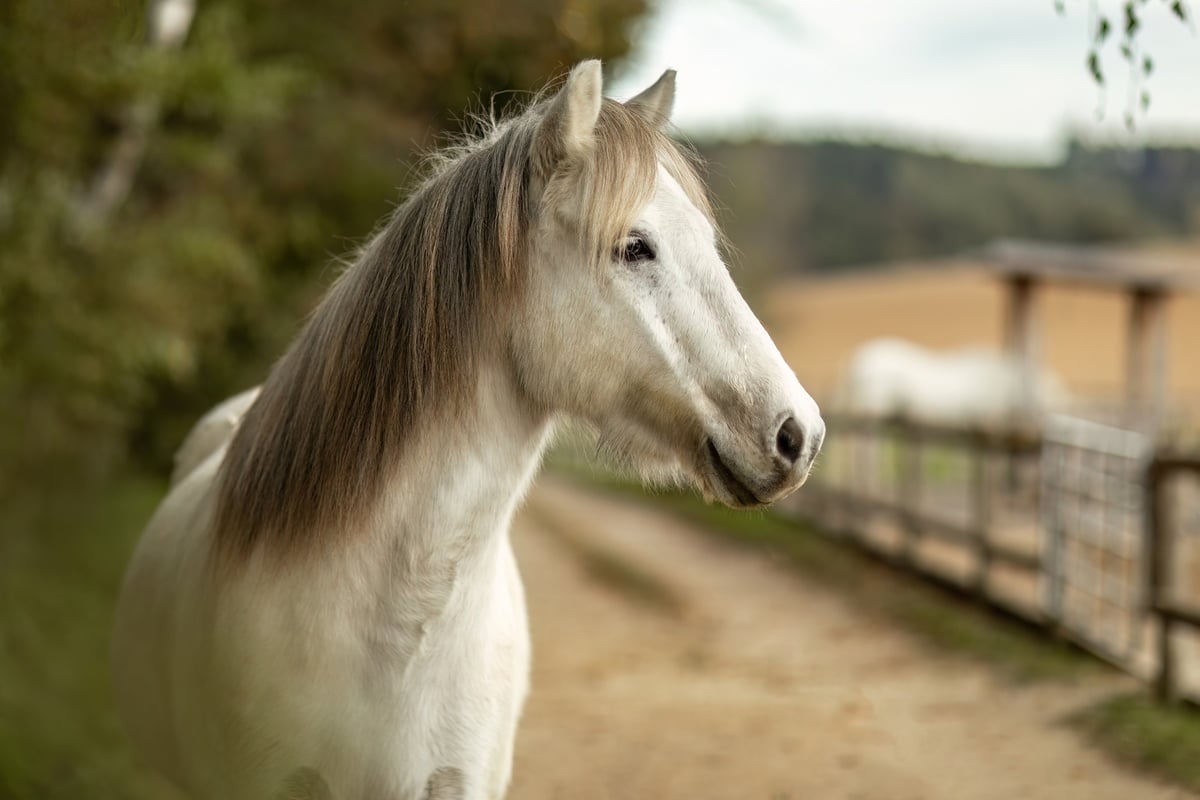
With so many types of bacterial infections, and a variety of antibiotics to combat them, it can be...
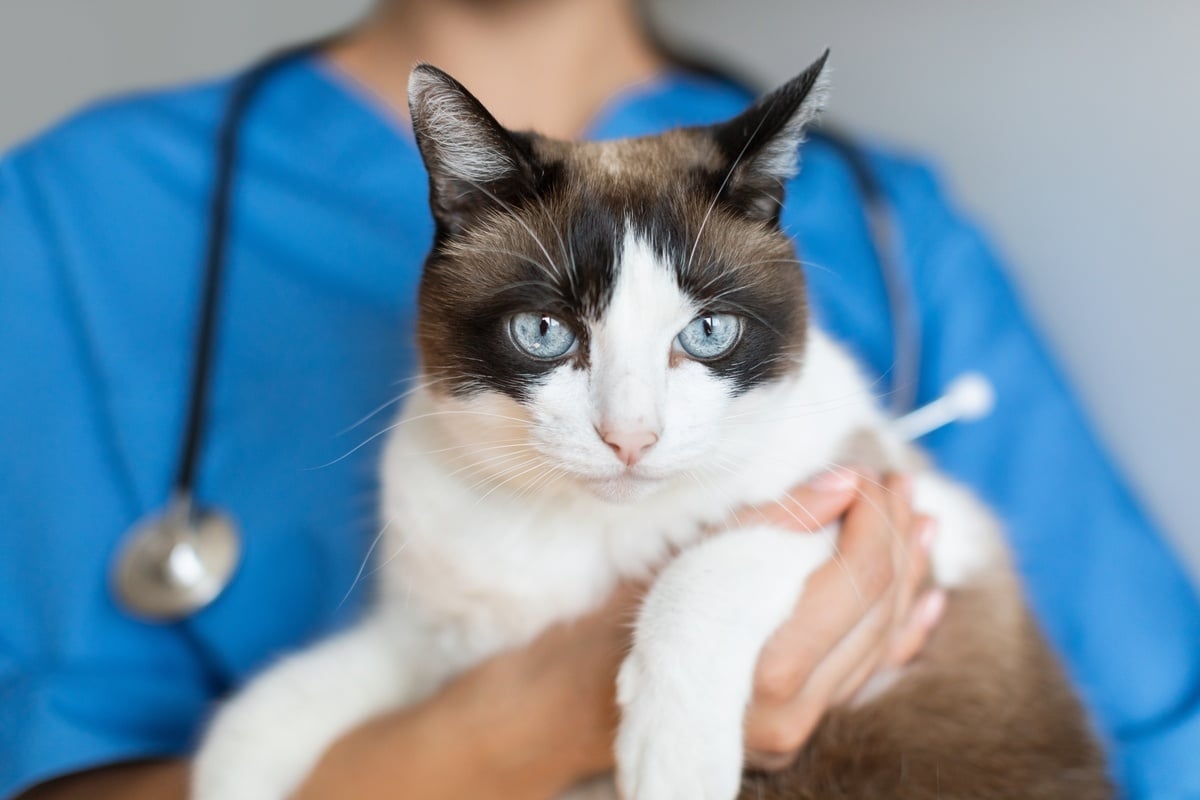
Feline infectious peritonitis, often referred to as FIP, is a viral infection in cats that is...
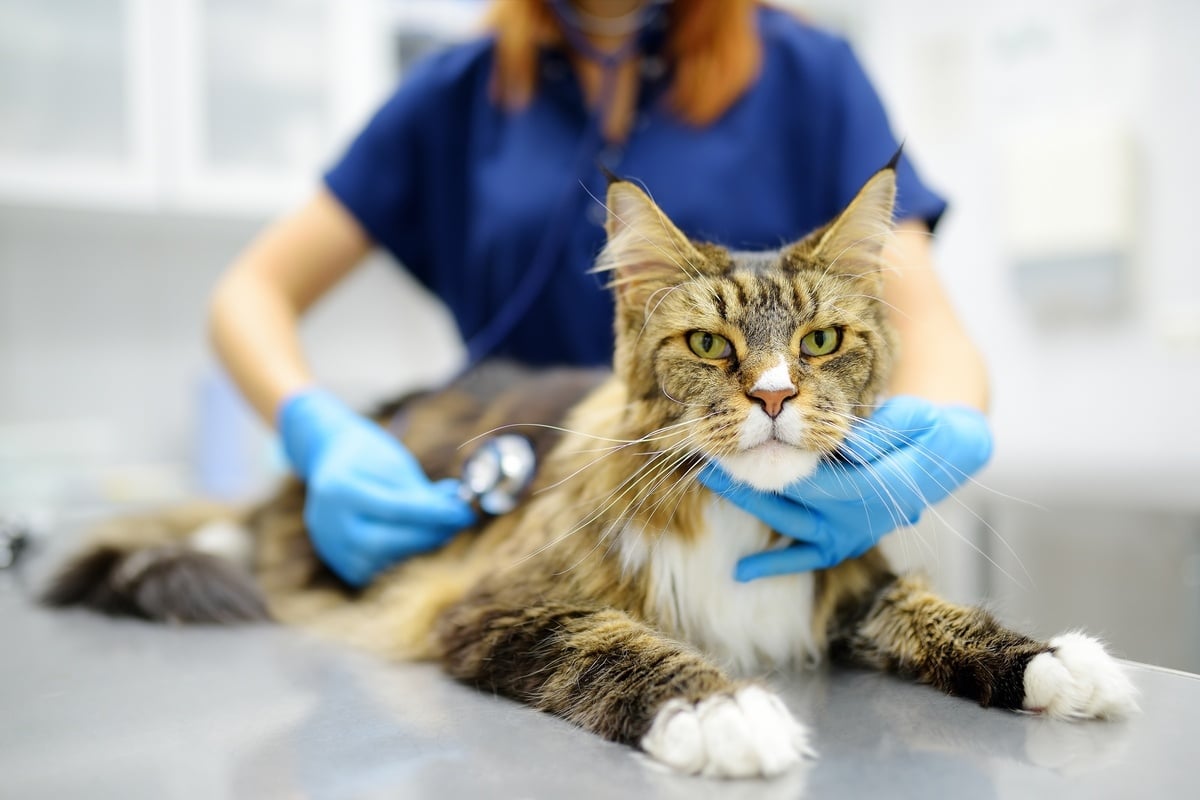
Receiving a cancer diagnosis for your pet is an emotional and overwhelming experience. You might...
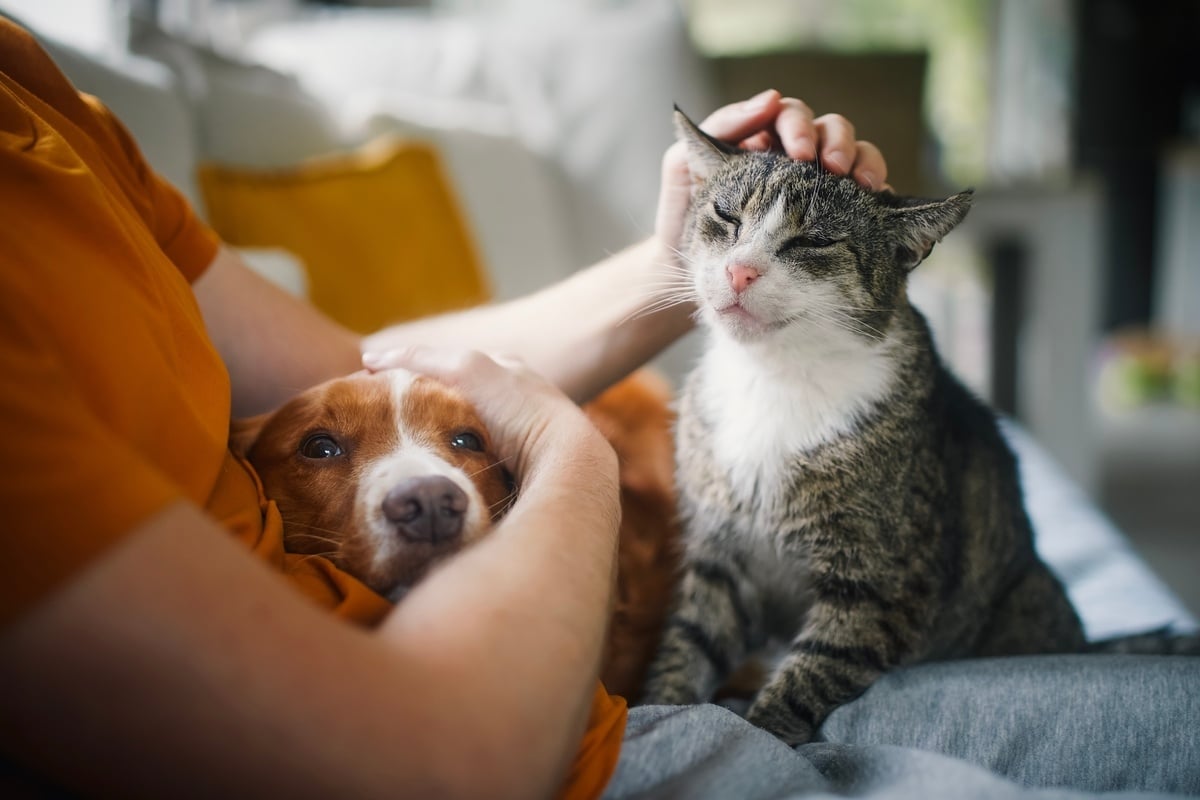
Prednisone and prednisolone are two commonly prescribed corticosteroids in veterinary medicine,...
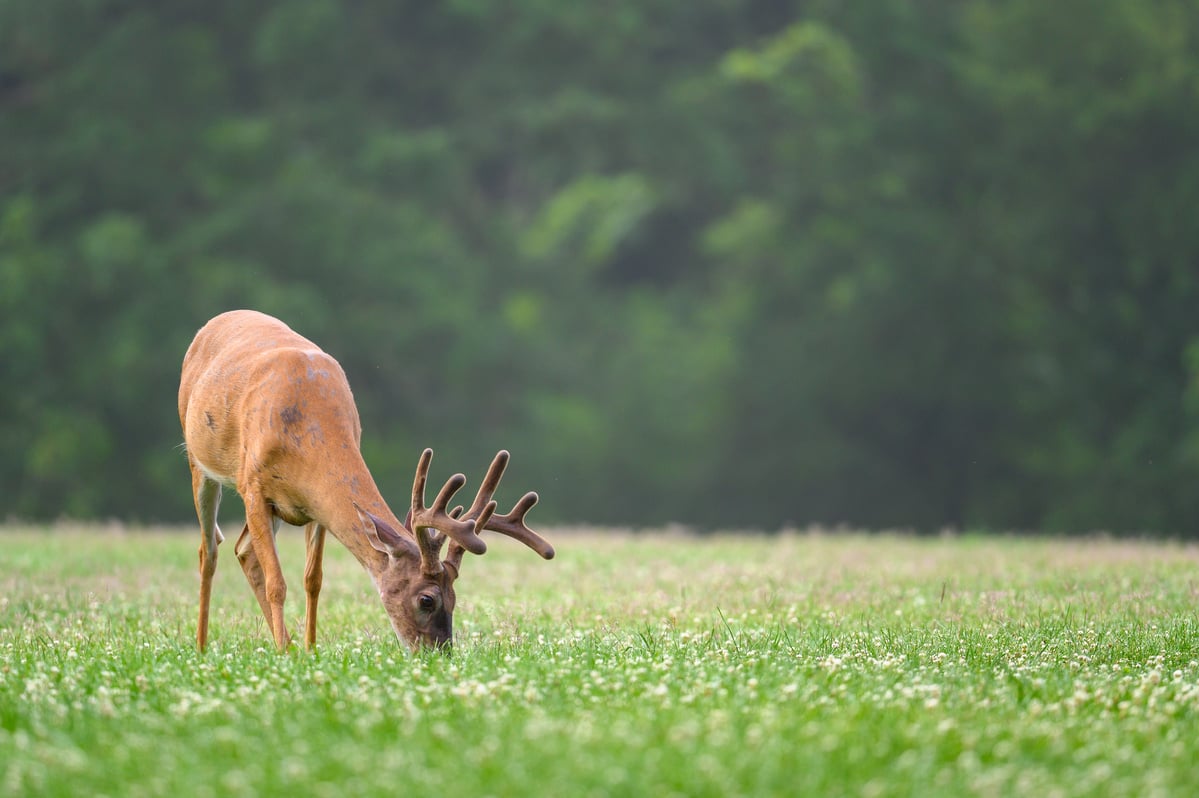
Deer tranquilizers, also commonly referred to as immobilization and sedation medications, play a...

Mixlab, the leading modern veterinary pharmacy, continues to redefine the pharmacy experience with...
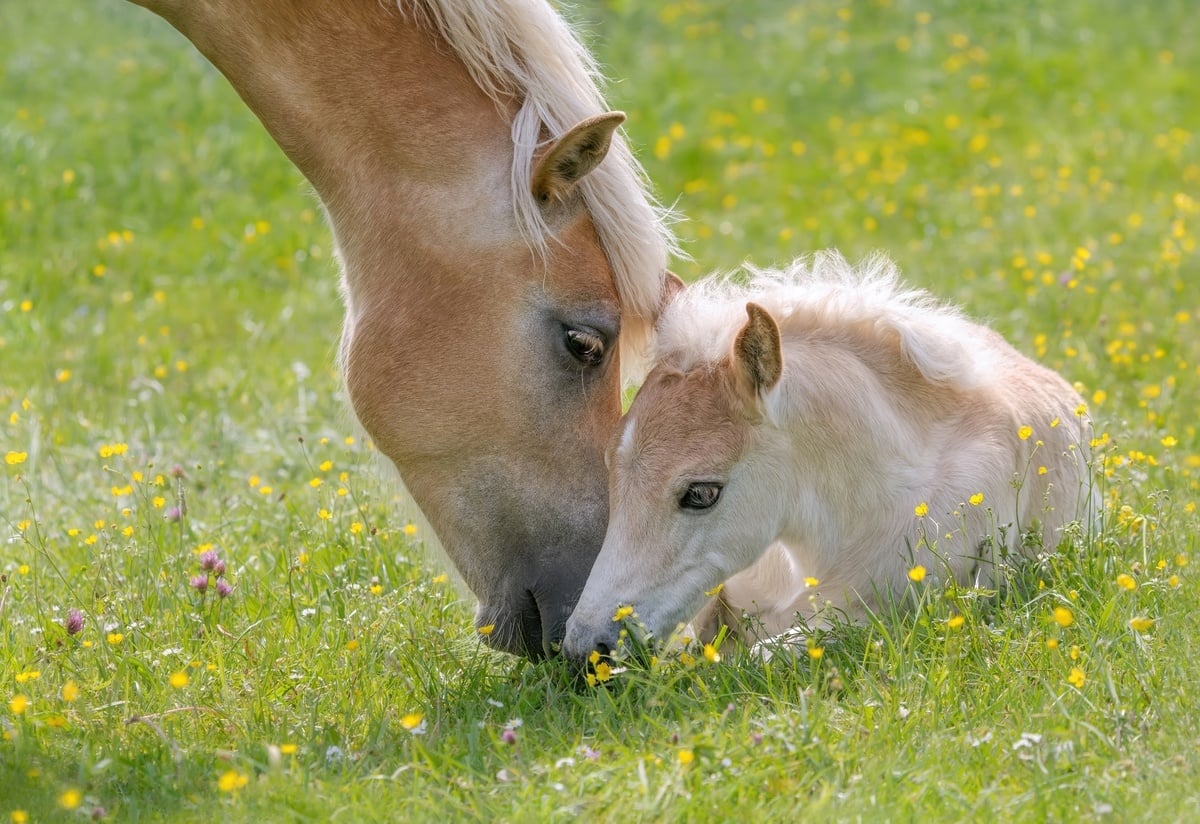
Managing your mare’s reproductive cycle has a variety of benefits, most notably improving their...
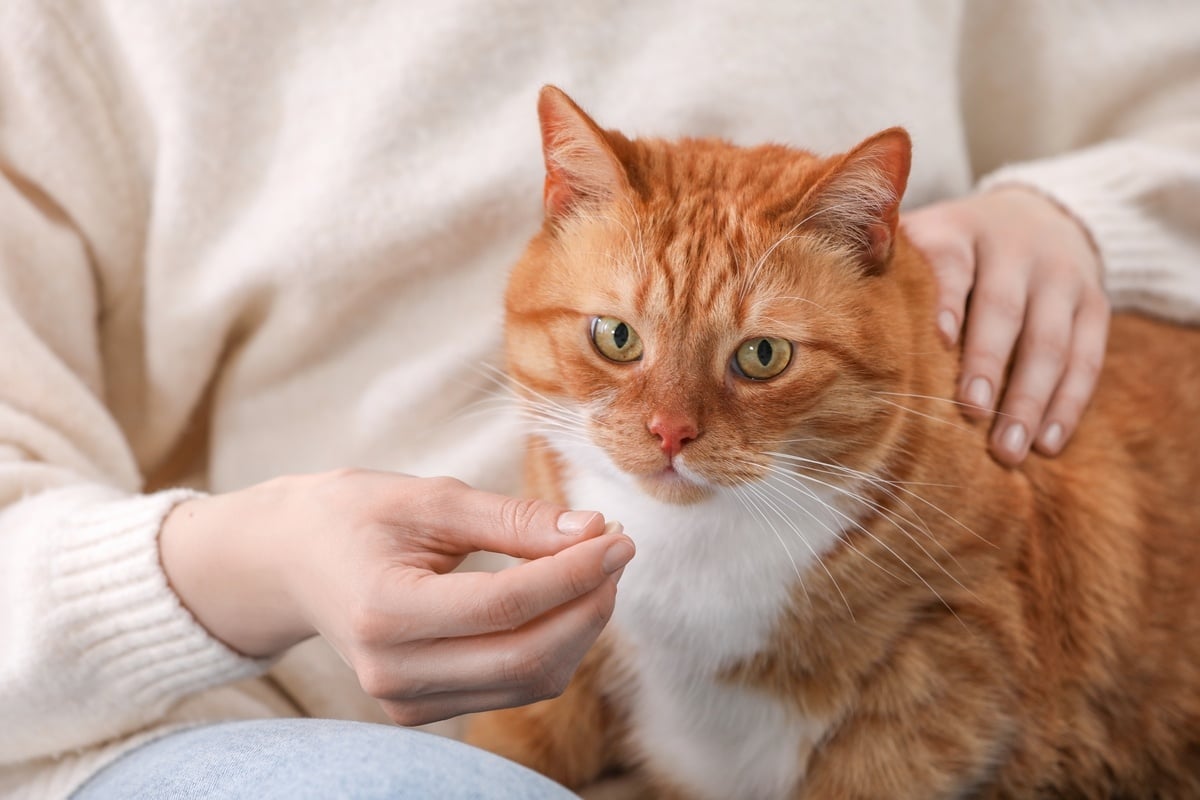
The short answer? Yes, your cat can take doxycycline! When it comes to bacterial infections, this...

Horses can experience pain from various sources— such as injuries and medical conditions. Untreated...

Prednisolone, a synthetic glucocorticoid, is known in veterinary medicine for its potent...
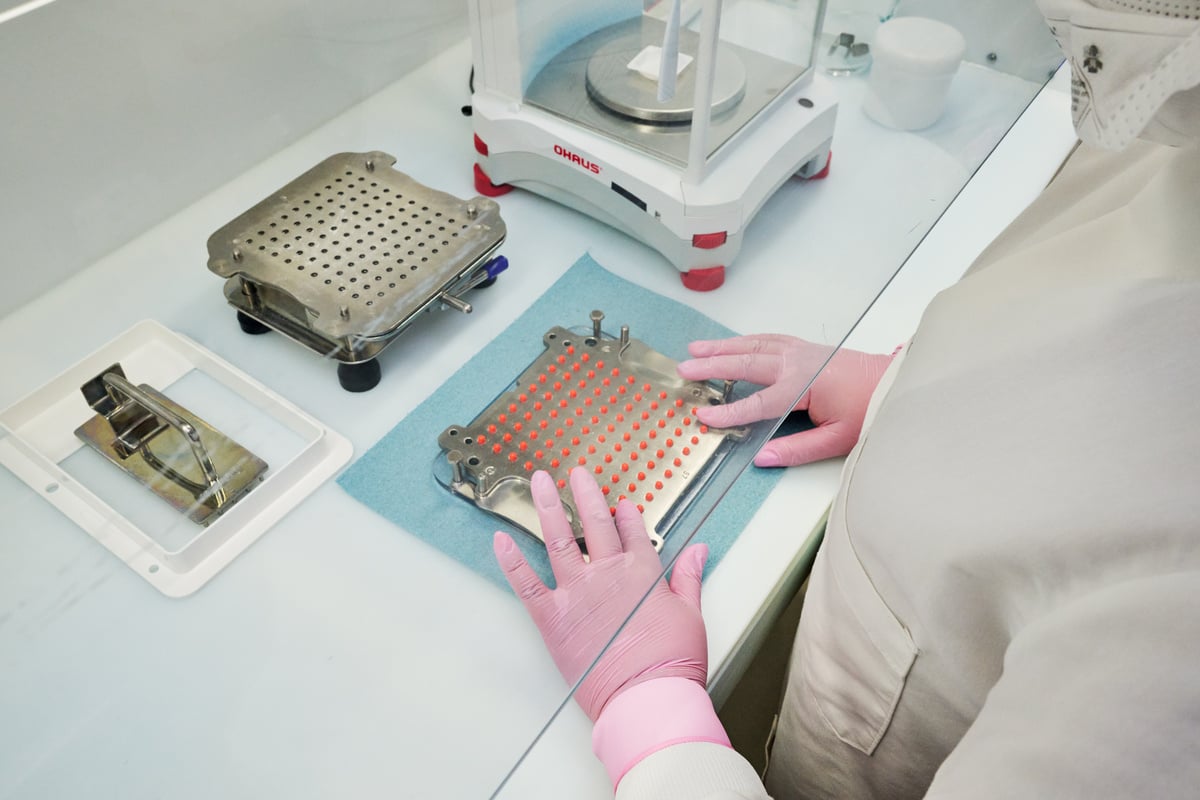
In the nuanced world of animal health care, compounding pharmacies play a vital role in...

Anxiety in cats is a common issue that can significantly impact quality of life. Whether a cat has...
%20(1).jpg)
By nature, most dogs are full of energy—eager to chase balls, go on walks, and zoom around the...